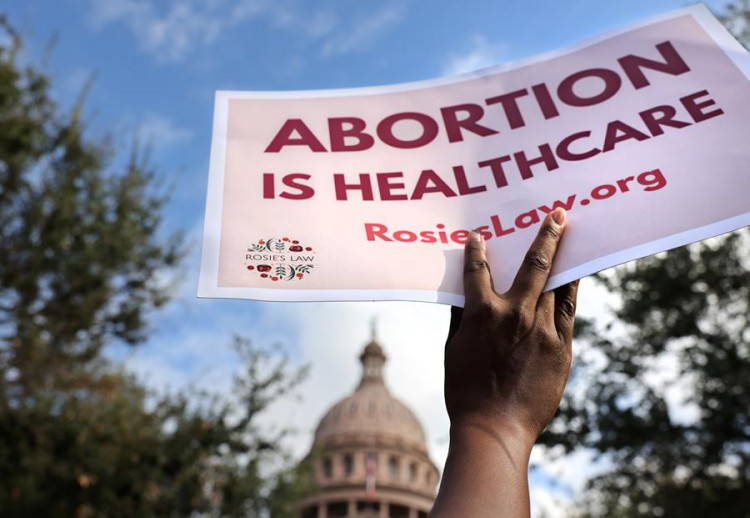In a pivotal election, voters in seven states, including Missouri, delivered victories for abortion rights advocates, signaling significant shifts in the post-Roe landscape. Missouri stands poised to become the first state to overturn a total abortion ban through a ballot initiative, marking a potential sea change in a state known for one of the most restrictive bans in the nation. The amendment, approved by voters, would enshrine the right to abortion up to the point of fetal viability, which is typically around 22 to 24 weeks, though definitions vary.
Rachel Sweet, campaign manager for Missourians for Constitutional Freedom, called the result historic. "Today, Missourians made history and sent a clear message: decisions around pregnancy, including abortion, birth control, and miscarriage care are personal and private and should be left up to patients and their families, not politicians," Sweet said in a statement.
The victory in Missouri reflects broader momentum for abortion-rights advocates, who also saw wins in Arizona, Colorado, Maryland, Montana, Nevada, and New York. In these states, measures passed to protect or expand abortion rights. However, victories were not universal, as Florida, Nebraska, and South Dakota rejected similar amendments aimed at increasing access, underscoring the deeply polarized nature of the issue.
Missouri's new amendment does not automatically repeal the state's current abortion ban, which makes no exceptions for rape or incest. Advocates must still navigate legal challenges and court processes to ensure compliance with the new constitutional protections. However, the amendment represents a major step forward, as Missouri's total ban currently restricts abortion at all stages of pregnancy.
Florida's closely watched Amendment 4, which sought to protect abortion rights up to viability, fell short of the 60% approval required for passage, despite garnering a majority of votes. This result leaves the state's six-week abortion ban intact-a significant setback for reproductive rights advocates. The defeat was a major political win for Governor Ron DeSantis, who had mobilized state GOP resources to oppose the measure. "The reality is a majority of Floridians just voted to end Florida's abortion ban," said a tearful Lauren Brenzel, campaign director for the Yes on 4 Campaign.
In Nebraska, voters faced dueling measures. One would have protected the state's current 12-week abortion ban, while another sought to enshrine abortion rights up to viability. Ultimately, the measure supporting existing restrictions prevailed, maintaining a ban that includes exceptions for rape, incest, and medical emergencies.
South Dakota voters decisively rejected a measure that would have allowed limited abortion access with regulations up to 12 weeks. Reproductive rights advocates were hopeful it would restore access for survivors of rape and incest, but the measure's failure highlights ongoing challenges in conservative states.
In contrast, Arizona's newly passed measure will overturn the state's 15-week abortion ban and enshrine access up to viability, building on momentum following a controversial state Supreme Court decision earlier this year. Meanwhile, Maryland and Montana approved amendments reinforcing existing abortion access. Colorado's measure, which allows public funds to be used for abortions, represents a significant expansion of access, especially for low-income individuals.
Nevada voters also approved a measure enshrining abortion rights up to viability, but it must pass a second vote in 2026 to take effect. New York's amendment, which bans discrimination based on "pregnancy outcomes and reproductive healthcare," also passed, further cementing protections in a state already supportive of abortion access.
The victories underscore the shifting dynamics of abortion rights in the United States since the Supreme Court's 2022 decision to overturn Roe v. Wade. Public opinion remains deeply divided, with AP VoteCast surveys showing that nearly half of voters nationwide consider abortion policy a crucial factor in their decisions.






